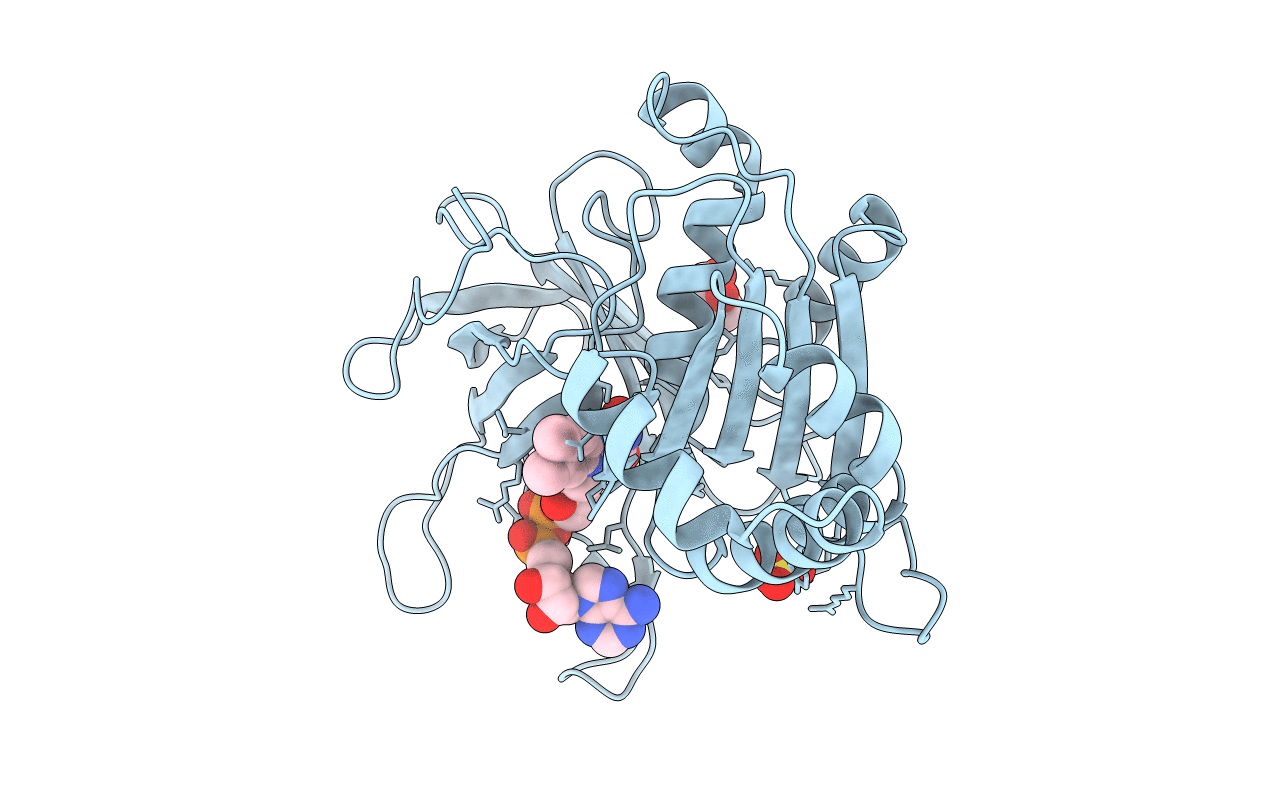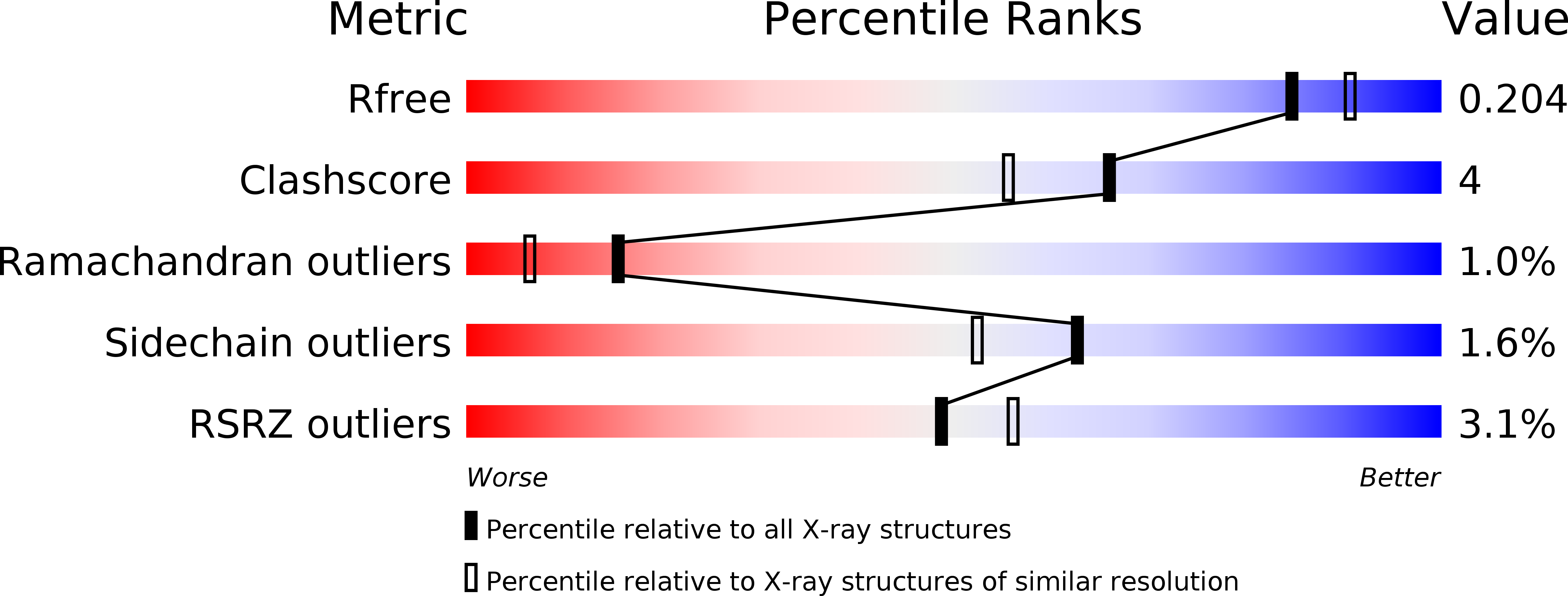
Deposition Date
2010-01-27
Release Date
2010-05-26
Last Version Date
2023-12-20
Entry Detail
PDB ID:
2X3U
Keywords:
Title:
Ferredoxin-NADP reductase mutant with Tyr 303 replaced by Phe (Y303F)
Biological Source:
Source Organism:
ANABAENA SP. (Taxon ID: 1168)
Host Organism:
Method Details:
Experimental Method:
Resolution:
1.93 Å
R-Value Free:
0.20
R-Value Work:
0.17
R-Value Observed:
0.17
Space Group:
P 65


